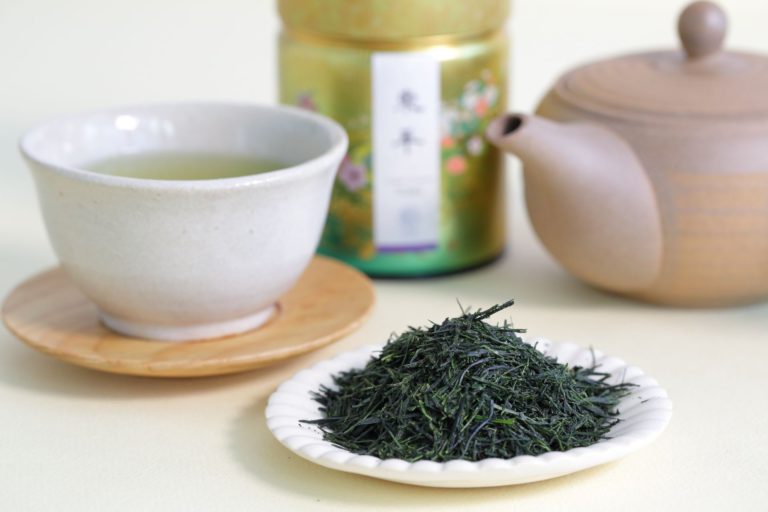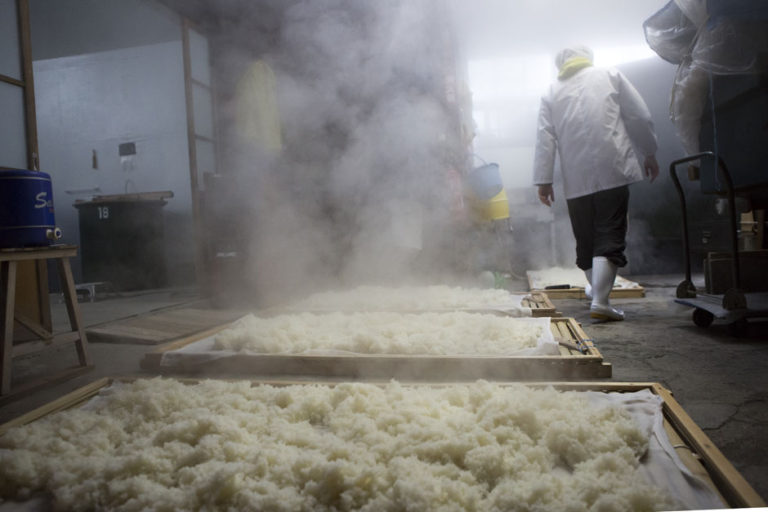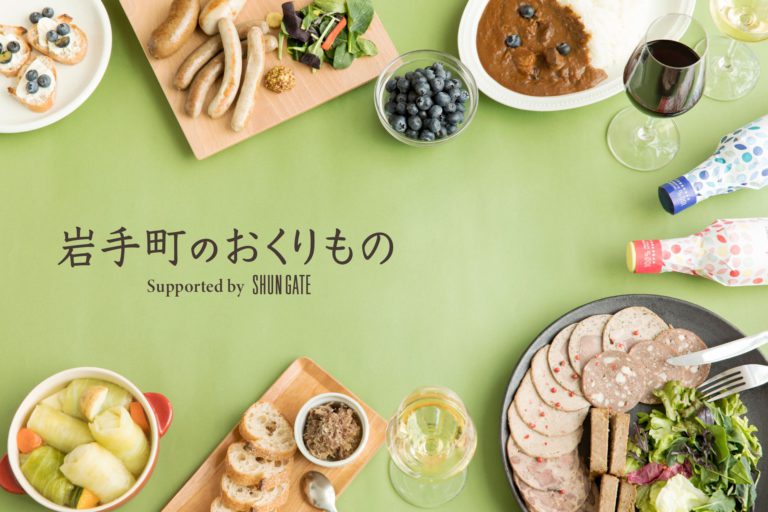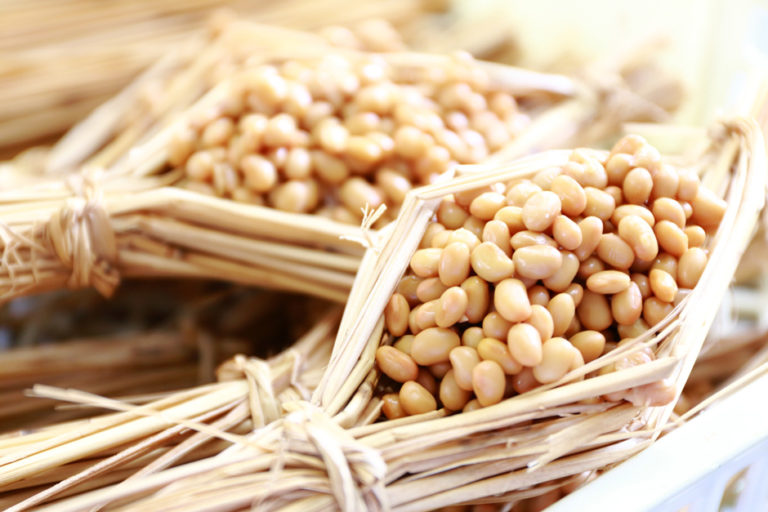Gyokuro: Premium Japanese Tea Captivates Even Europeans
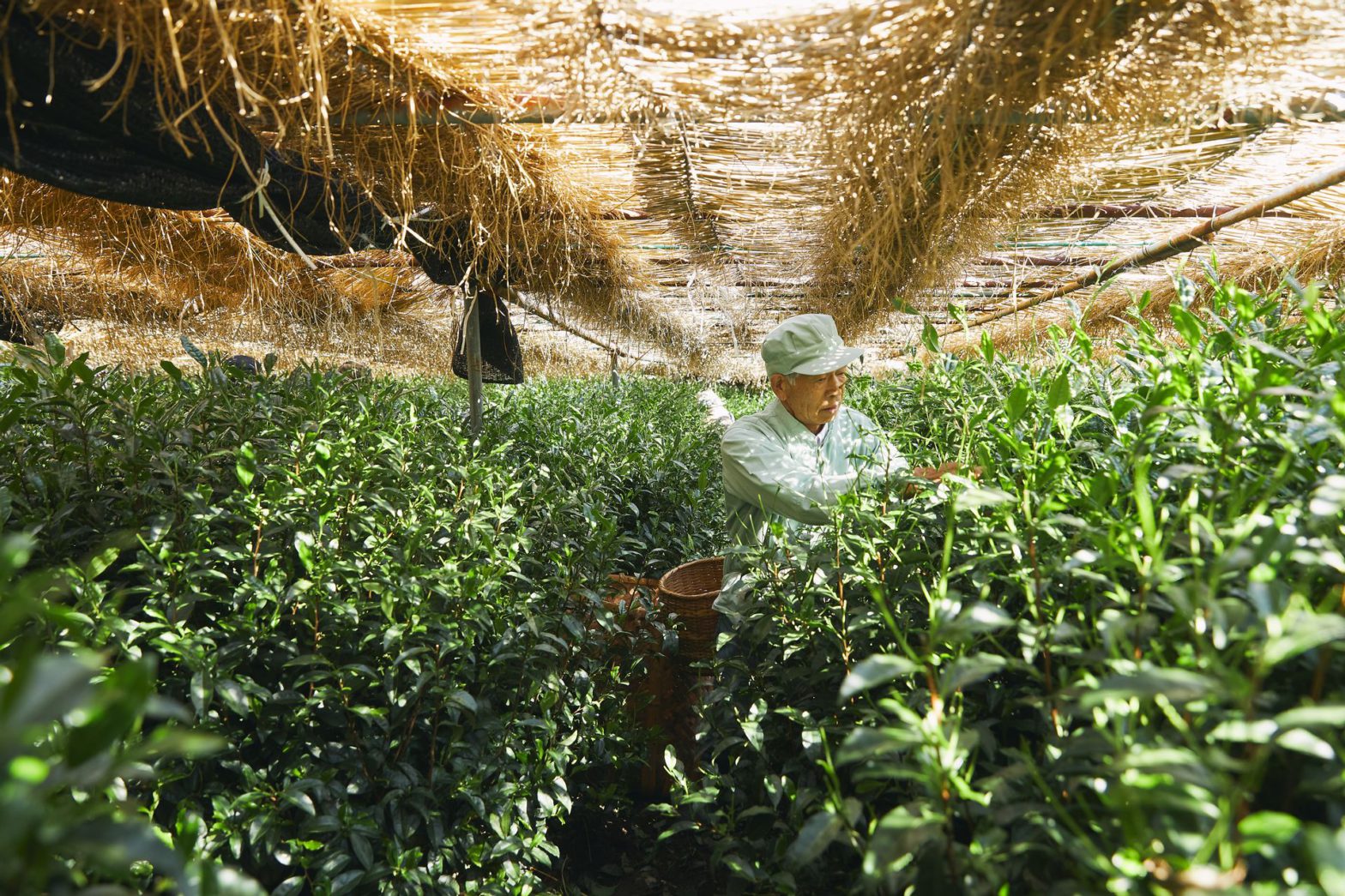
Differences in manufacturing methods differentiate sencha and gyokuro
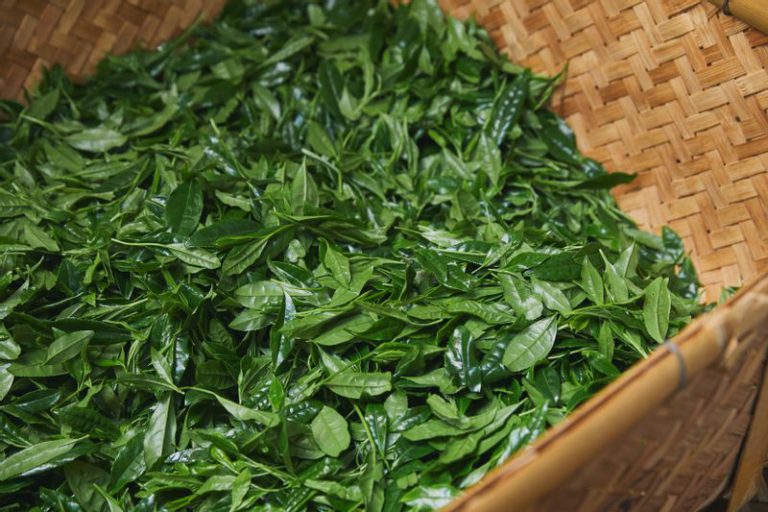
Just as sencha and matcha are different, the sencha we enjoy drinking every day is different from gyokuro. One of the profound aspects of Japanese tea is that even from a single tea tree, different cultivation and production methods can produce a variety of tea with different flavors.
Sencha is a tea made by steaming the harvested tea leaves and then rolling them. According to the length of the steaming time, there is a distinction between regular sencha and fukamushicha.
Gyokuro, on the other hand, involves the same steaming and rolling process but only uses tea leaves in their tender state without exposing the new shoots to sunlight by shielding them for about 20 days before they are harvested. In addition, only the first tea crop is harvested. This reduces tannin, the source of astringency, and produces a mellow, sweet flavor with a strong umami component.
Like gyokuro, tencha is made by steaming fresh leaves that have been shaded but dried without rolling and removing the stems and veins. The tea is then ground in a mortar to make matcha.
Area with clear streams nurtures flavorful and aromatic tea
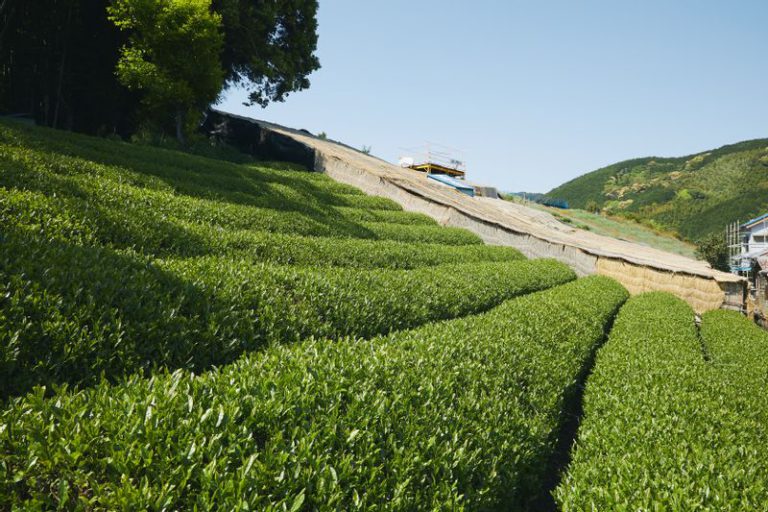
A high priest named Shoichi Kokushi, from Suruga Province, is said to be the progenitor of Shizuoka tea. According to the legend, he brought back tea seeds from Song, China, where he had trained during the Kamakura period (1185-1333) and planted them in Suruga Province. Tradition has it that tea was cultivated along the banks of the Asahina River in the Province during the Muromachi period (1336-1573). The cool climate along the upper and middle reaches of the Asahina River, with mists rising in the early morning, was suitable for growing tea leaves with a good aroma and taste.
Meanwhile, tea merchants in Edo invented the gyokuro production method in the late Edo period (1603-1867) to create a more luxurious sencha. Gyokuro has been cultivated in Asahina since around 1897. In the Showa period (1926-1989), Kyoto’s Uji, Fukuoka’s Yame, and Asahina came to be regarded as the three leading gyokuro production centers, each with its unique characteristics, and Asahina’s “Shizuoka method,” in which the tea leaves are rolled into sharp needles, is unique.
60 years of gyokuro-making, expert Tohei Maeshima's work
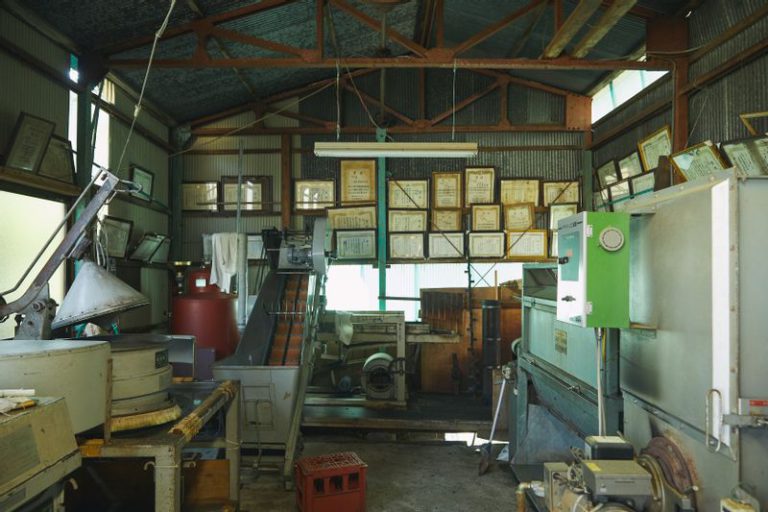
We visited the workshop of Tohei Maeshima, a gyokuro-making expert who has been involved in the business for 60 years in Asahina. We visited in early May, and it was less than a month until harvesting the first tea crop for gyokuro. On top of that, Tohei’s tea plantation employs minimal use of pesticides and is entirely hand-picked, so production is extremely limited.
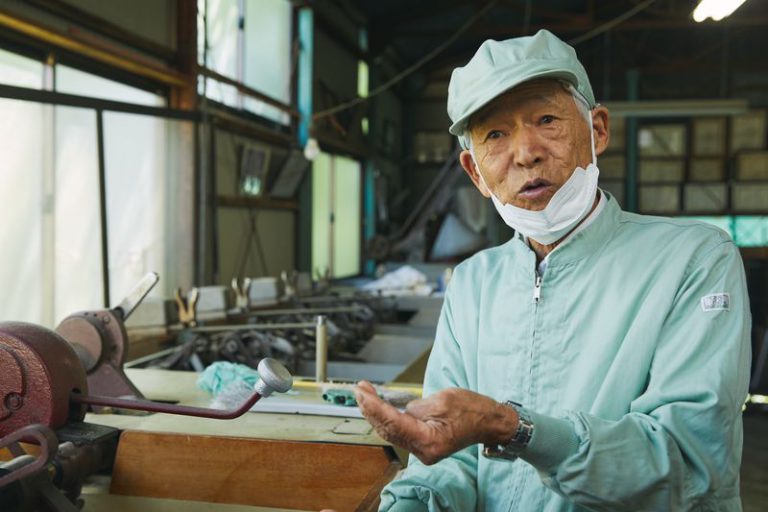
“Around the mid-Showa period (1926-1989), every villager was making gyokuro. Our customers were high-class fancy Japanese restaurants and avocational tea masters. Now I guess we are down to eight or nine producers. Despite the hassle and hard work, it’s not very profitable. I guess it might be an impossible job for young people in the future,” says Tohei.
Nevertheless, he has continued to produce a gem, Tohei Gyokuro, under his own name. At 26, the tea he submitted to competition under his uncle’s mentorship won first prize. After that, he won the Minister of Agriculture, Forestry, and Fisheries Prize several times and began a life of perfecting gyokuro production to the fullest.
We asked Tohei to explain the process of making gyokuro.
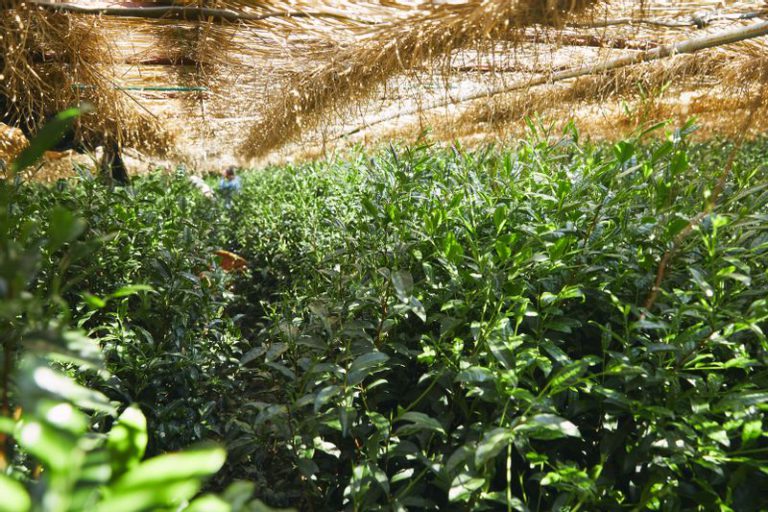
(1) Soil preparation and tending of tea plantations
There is no harvesting in the gyokuro plantations for 11 months out of the year. Most of the year is spent preparing the soil and preserving the trees. Tohei grows four varieties in his fields: Saemidori, Gokou, Okumidori, and Yabukita. Currently, the most popular variety by far at fairs is Saemidori, with its mellow and delicate flavor, according to Tohei.
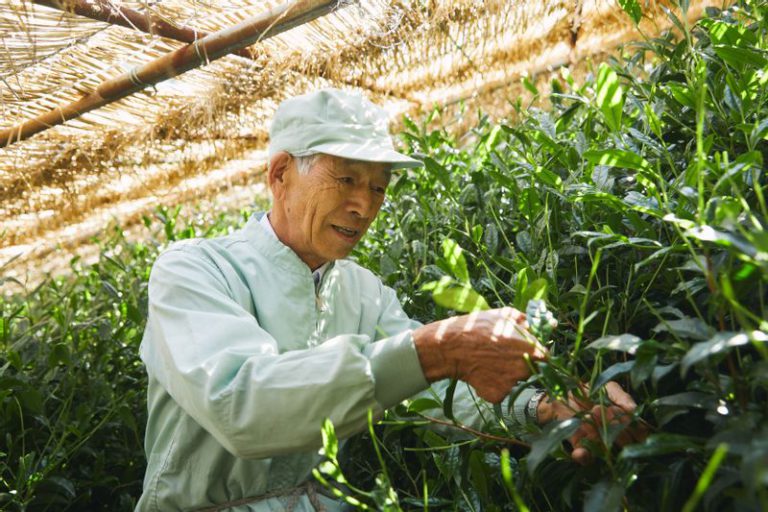
(2) Plucking
The new shoots are hand-plucked one by one under woven straw mats.
(3) Withering
The aroma is accentuated by drying the fresh leaves in bamboo baskets evenly by hand for a day.
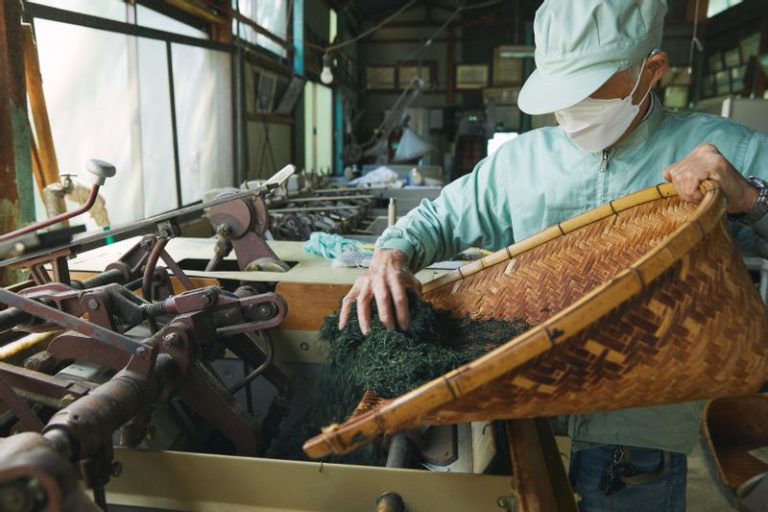
(4) Steaming
Steaming tea leaves inhibits oxidative enzymes and preserves the green color of the leaves.
(5) Pre-rolling
The moisture content is slowly released to about 40% over time using warm air at about skin temperature, while the tea leaves are rolled and loosened by agitating to soften the tea leaves. Masterful intuition is also used to judge the moisture content.
(6) Rolling
To further facilitate the leaching of the tea compounds, the tea leaves are pressure-rolled without heat. Tohei fine-tunes the pressure and watches the process of the tea leaves changing in taste while checking the texture and aroma of the leaves.
(7) Intermediate rolling
The moisture content is reduced to about 30% while again applying hot air at around 35 degrees Celsius. The tea leaves are dried to facilitate shaping in the next step.
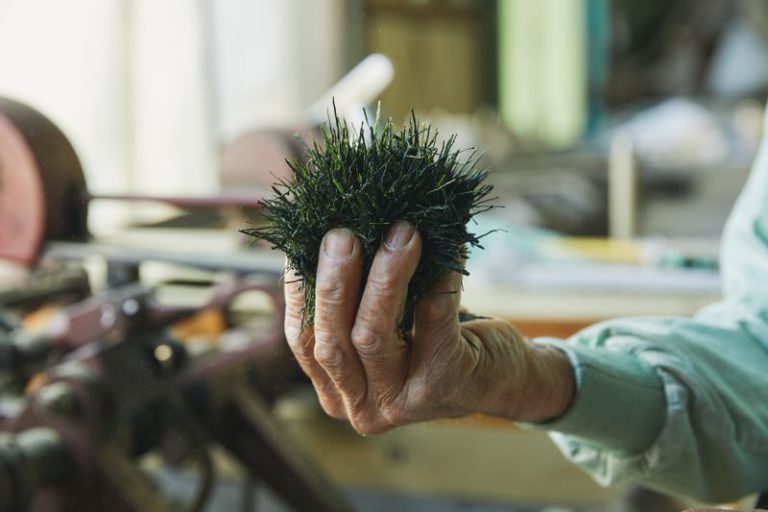
(8) Final rolling – drying
The tea leaves are dried while shaped into fine needles. Tohei’s gyokuro is distinctive also for this shaping, and he says shaping it “like thistle petals” is ideal from the point of view of taste. In addition, bringing the moisture content down to around 5% gives the tea leaves a beautiful sheen and enhances their shelf life.
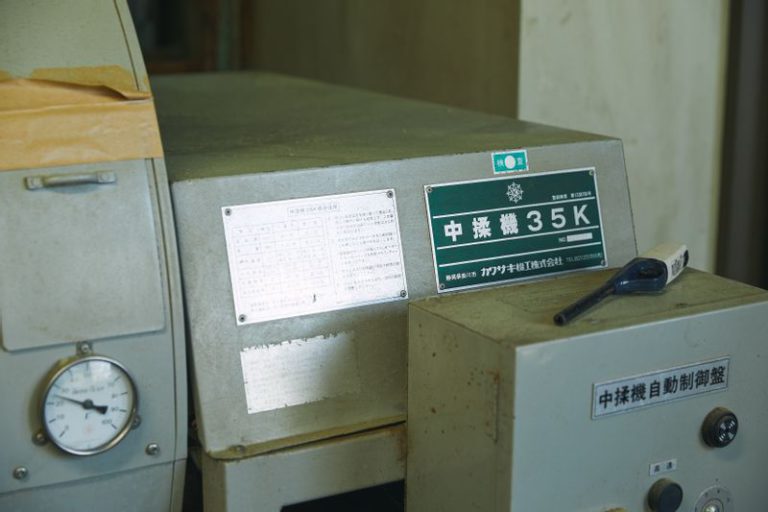
“This is the smallest medium rolling machine in Japan,” says Tohei as he showed us the 35 kg-capacity machine. Generally, about 200 kg is rolled at a time, but since the process affects the taste, Tohei does not handle more than this amount as it allows him to focus on the process.
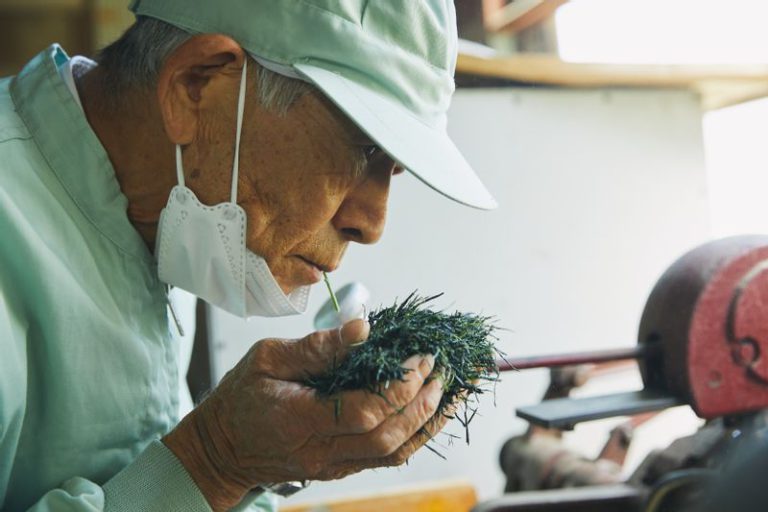
By the time the tea leaves went through final rolling and were packed in bags as a finished product, they weighed 5 kg. If this is Tohei’s daily production, you can see how time-consuming gyokuro making is.
Gyokuro, now the world's GYOKURO
For more than 10 years, Tohei has been cultivating with reduced agricultural chemicals in his plantations.
“We don’t apply agrichemicals to the parent leaves either, starting around November, 180 days before the scheduled harvest. Our plantations are on steep, well-drained slopes and the trees are strong because they are well-rooted. Soil preparation is also important,” says Tohei.
His dedication has been recognized, and he has passed inspections in France, where agricultural chemical regulations are particularly strict. Tohei’s tea leaves are marketed worldwide as GYOKURO, even in famous specialty shops in France. Other inquiries continue to come in from Germany, China, and elsewhere, and exports now account for 60% to 70% of the company’s business.
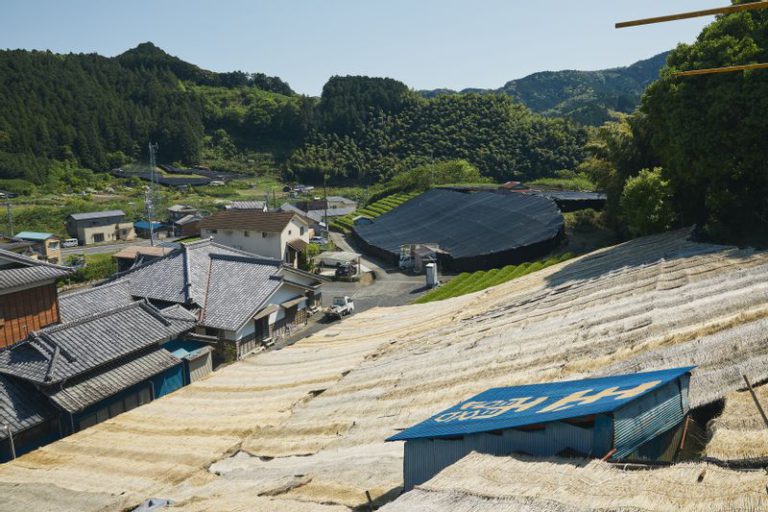
Tohei says, “People overseas see us on the internet and come directly to Asahina.” That’s fine by me, so I would show them the traditional gyokuro tea plantation and how we continue to use old-fashioned woven straw mats, and I’ve built a viewing platform “Motenashi Dokoro Chabara” in the plantations. Everyone seems impressed when they taste authentic gyokuro while looking out over the plantations at the production center,” says Tohei.
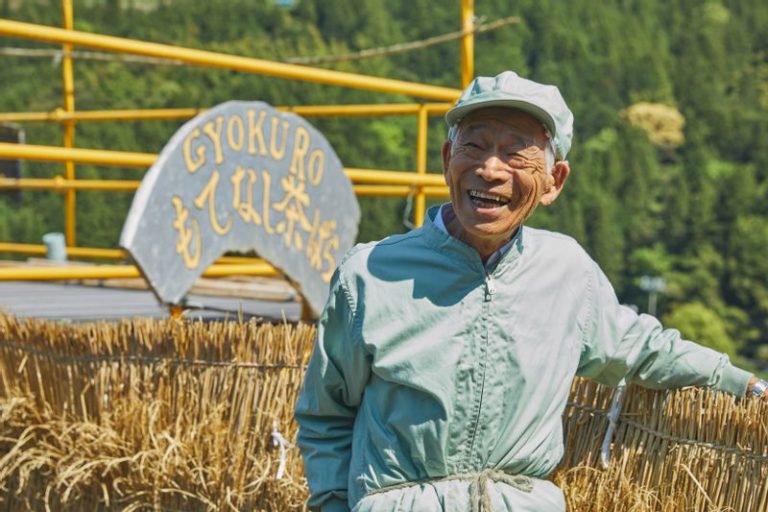
The Fujieda-Okabe Interchange on the Shin Tomei Expressway opened in recent years. It now only takes about a 15-minute drive from there to the plantations, so from now on, going to the gyokuro plantations will become more accessible.
Tasting gyokuro in tsuyucha
We were served a cup of “tsuyucha,” a brewed tea that illustrates how to taste Tohei’s gyokuro.
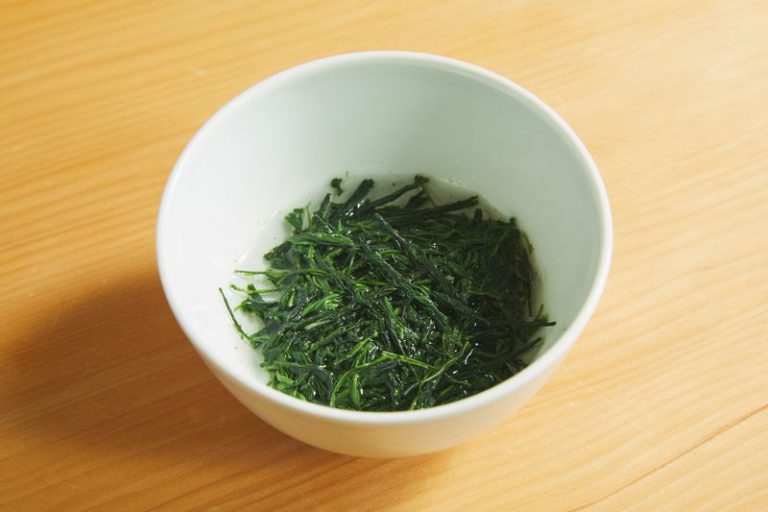
First brewing
Have a teacup with a lid ready, put about 3 to 4 grams of gyokuro in it, pour about 20 ccs of hot water into a yuzamashi (hot water cooling bowl), and allow it to cool to about 40 degrees Celsius.
Gently pour the cooled hot water into the teacup, starting from around the tea leaves in the teacup.
Place the lid on the teacup and wait two and a half minutes.
Slide the lid off a little and sip the gyokuro “dew” that seeps through the gap.
We were surprised that it was tea. With just a drop, we could taste a strong umami taste like dashi or nori, and its lingering aftertaste did not fade even after a long time.
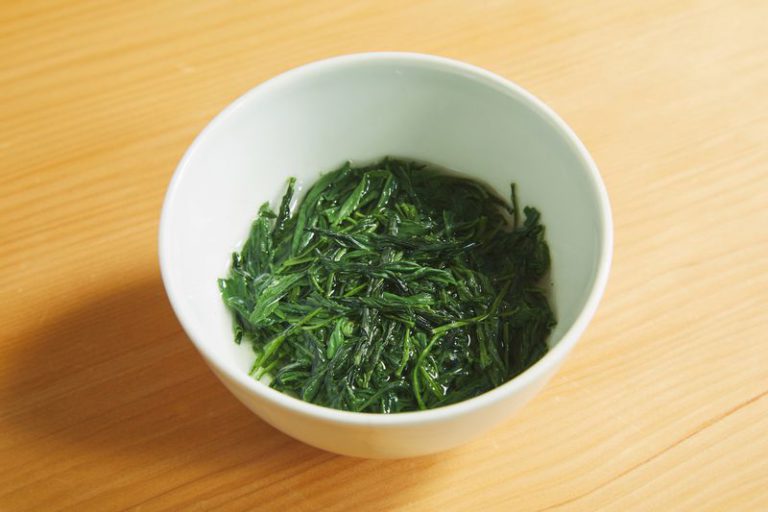
Second and third brewing
Use the same method as the first brewing, but gradually increase the temperature of the water a little and pour a little more water.
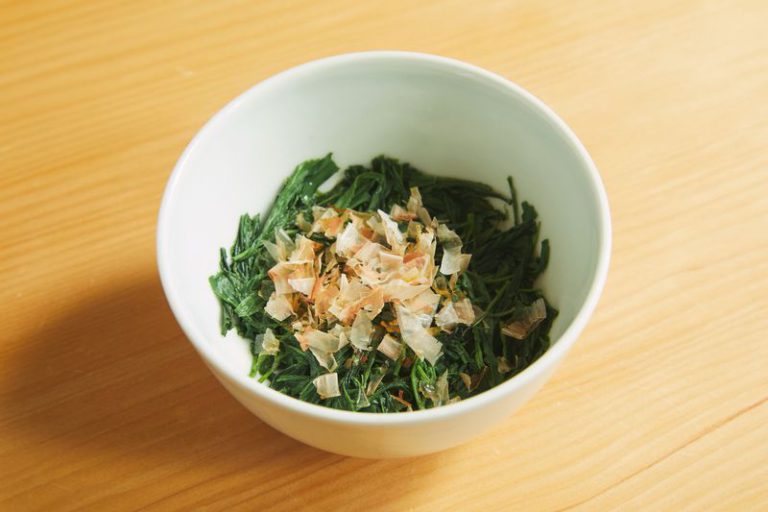
Eating gyokuro
After the second or third infusion, pour a little ponzu and dried bonito flakes over the leaves and mix well. They can be enjoyed like ohitashi (blanched greens in dashi).
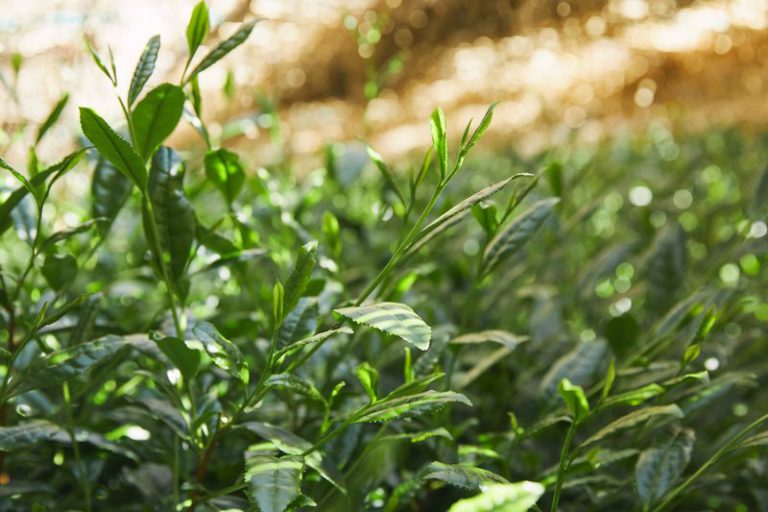
Tohei repeatedly said, “Sencha is for quenching your thirst, and gyokuro is for soothing your soul.” Indeed, the tea was not something for quenching the thirst but for enjoying the aroma and savoring the luxuriance of the moment.
We hope you will experience what what gyokuro for soothing your soul is.

